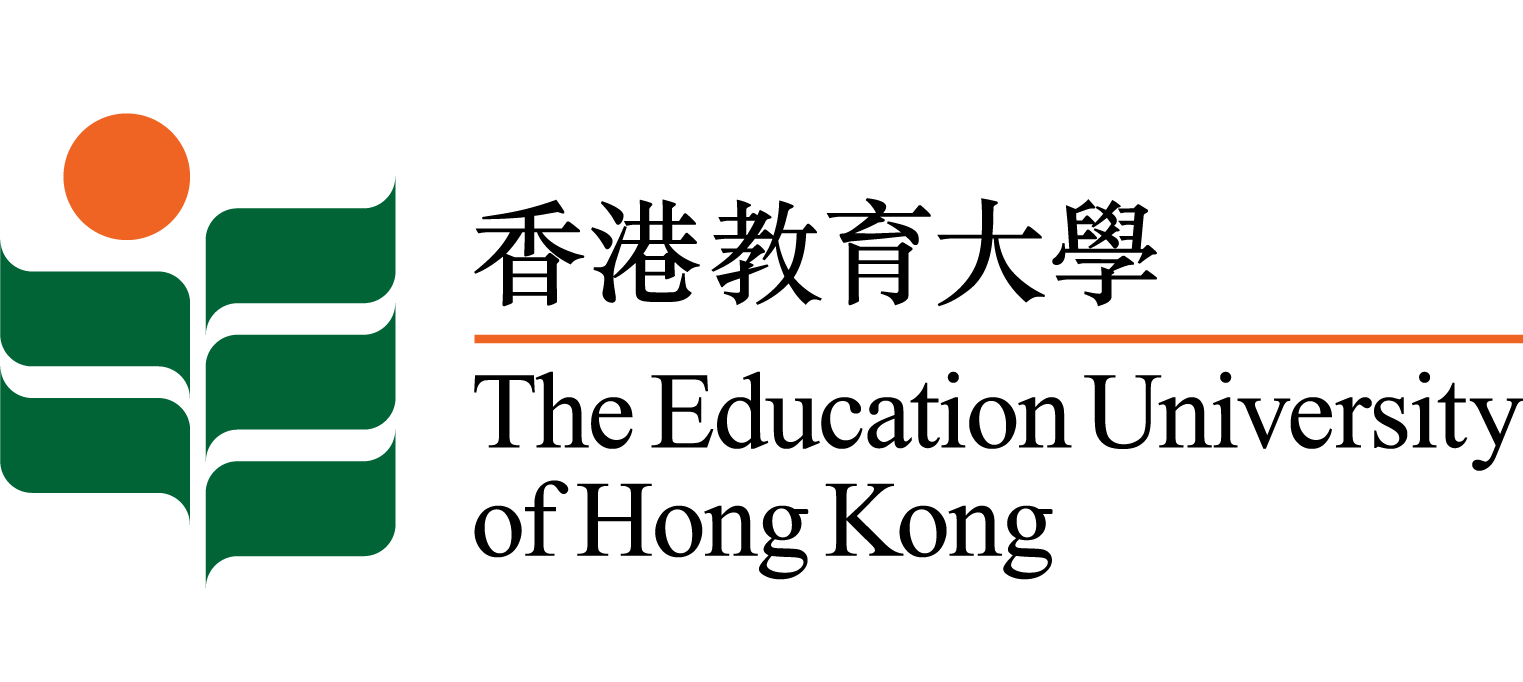Conference Papers
World Wide Web for education: Practical experience for sharing
- World Wide Web for education: Practical experience for sharing
- 1996
- Hong Kong Educational Research Association (HKERA) 13th Annual Conference: Restructuring Schools in Changing Societies (1996: The Hong Kong Institute of Education, Hong Kong, China)
-
- Hong Kong
-
- 1997.7 onwards
-
- Unknown or Unspecified
- It has been estimated that there are globally over 20 million people using various features of the Internet. In particular, the World Wide Web(WWW) is developing very rapidly, especially for business application and it consists of interlinked hypermedia documents for retrieving and displaying information in form of text, pictures, audio, video and even interactive simulation. From an educator' s point of view, there are three main advantageous features of the WWW that can make it very special for educational usage: First, the teaching materials in hypermedia form are accessible around the world through networked personal computers and so the temporal and spatial constraint of classroom teaching are removed. Second, the multimedia features of the WWW documents (represented by Hypertext Markup Language, HTML) are well-known to be effective for presentation/ transmission of ideas and factual information. Third, the hyperlinkage of WWW documents provides not only links (i.e. WWW addresses or locations) to other documents as instantaneously accessible references but also a mode of nonlinear learning which resembles the association operation of human mind. However, the concept of teaching through the Internet has rarely been put into practice in the sub-degree level according to our knowledge in the Science discipline. Therefore, we have employed a simple model to establish a WWW home-page (located at http://www.hkstar.com/~hkiedsci) of a self-learning package on Introductory Digital Electronics for our HKIEd Science students enrolled in various types and modes of courses as well as for those AS/AL Physics students in Hong Kong. Apart from some qualitative feedback obtained from email, we have issued an evaluation questionnaire to every science student concerned to collect his/her suggestions for improvement of the contents of the topic and the design of the home-page and to reflect the student' s receptivity of learning through the Internet. The main results of our survey are that while over 80% of our Science students possess a personal computer at home, only about 15% can access the Internet at home. More than 70% of respondents have little past experience in using the Internet for learning but most of them prefer more self-study topics in the Internet (68%) and like to explore more about Science education in the Internet (75%). The majority likes the nonlinear learning mode and the freedom to adjust their own pace of learning and considers it as effective for learning. The most interesting finding is that 90% of the students like key words highlighted in color and the feature could hardly be found in the handouts issued by teachers. In addition, the drawback and difficulties encountered on developing WWW teaching materials will also be discussed.
- Paper presented at the Hong Kong Educational Research Association (HKERA) 13th Annual Conference: Restructuring Schools in Changing Societies
-
- English
- Conference Papers
- https://bibliography.lib.eduhk.hk/bibs/31df1bfe
- 2015-10-08
Recent Conference Papers
共同成功: 促進香港主流和非主流學生的福祉及學校與社會參與Conference Papers
語料庫在提升古代漢語教學效果中的角色Conference Papers
紀行致遠:香港融合教育回顧與展望Conference Papers
Comparing the effectiveness of an emotion regulation intervention for preservice teachers in Canada and Hong KongConference Papers
What we learnt from training Hong Kong teacher leaders about national educational system and development in mainland ChinaConference Papers
Closing the learning gap for ethnic minority children: A case study of early childhood education in Hong KongConference Papers
Supporting teacher leadership and growthConference Papers
Teaching Hong Kong literatureConference Papers



 EdLink
EdLink